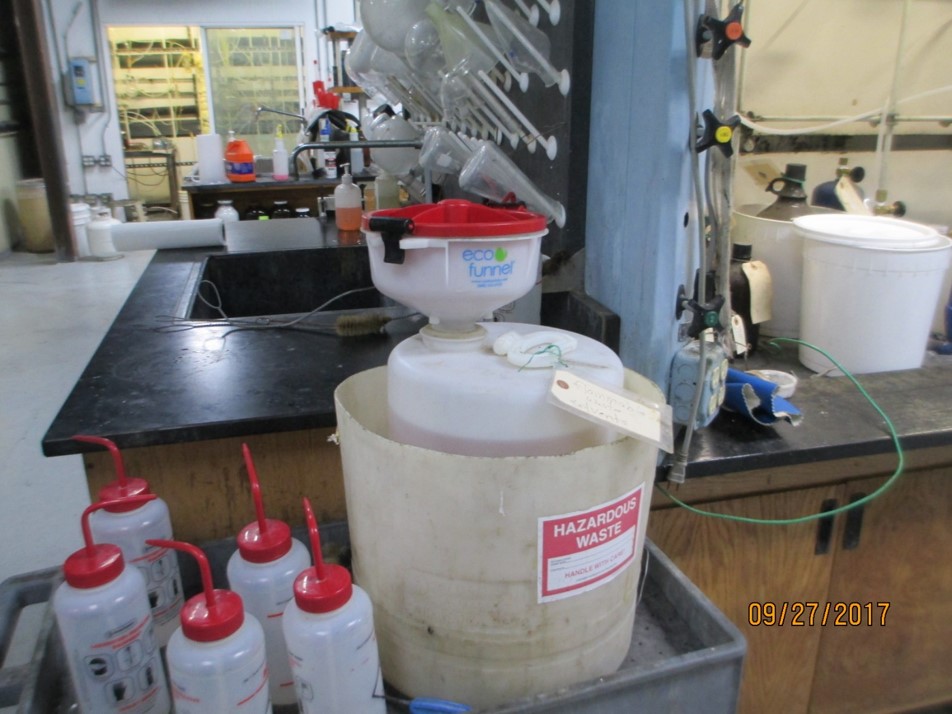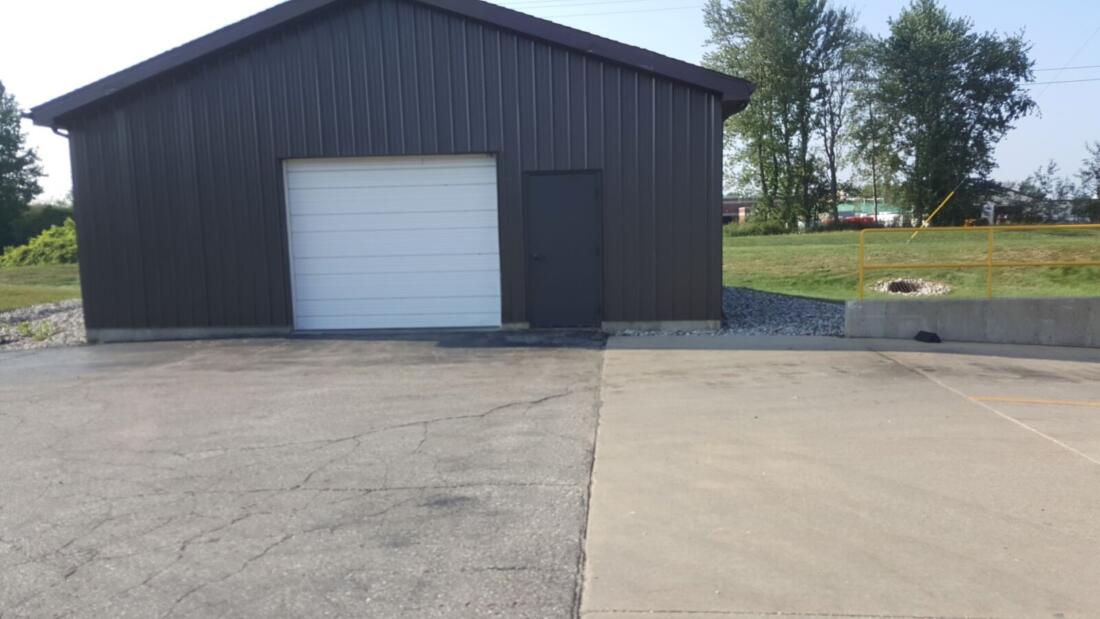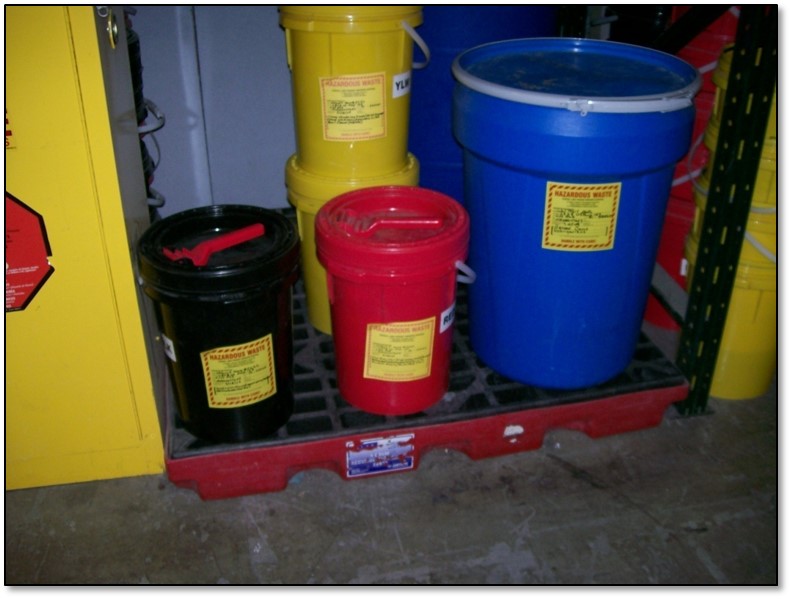The previous regulations for accumulation of hazardous waste in a satellite accumulation area (SAA) and those revised by the Generator Improvements Rule, do not define the term, “under the control of the operator”. In an effort to assist generators to better understand this term and to foster improved compliance with the SAA regulations, USEPA provided examples in the preamble to the proposed rule and requested comments on additional practices that would constitute “under he control of the operator.” These examples were provided in the preamble to the final rule.
SAA

Examples of the Meaning of “Under the Control of the Operator”
FAQ: Must the “Operator” of a satellite accumulation area be a single individual?
Background:
The satellite accumulation area (SAA) regulations of the US. Environmental Protection Agency (USEPA) at 40 CFR 262.15 mandate that the container of hazardous waste in the SAA be “under the control of the operator of the process generating the waste,…”
Daniels Training Services, Inc. 815.821.1550 |
Answer: (FR 81, no. 228, 11.28.16 85768)
USEPA believes that there can be more than one operator per SAA over time. For example, as employees change shifts over the course of a day, the role of the operator can be transferred from one employee to another.
Likewise, the Agency believes that there can also be more than one operator per SAA at the same time. For example, multiple operators may be running laboratory equipment in the same room and share hazardous waste containers located in a single SAA.
However, the term operator does refer to an individual or individuals responsible for the equipment or processes generating the hazardous waste and does not refer to a company or entity as a whole.

USEPA Rescinds Memo Regarding Accumulating Reactive Hazardous Waste Away From the Point of Generation
USEPA’s RCRA Online is a source for memos and guidance from USEPA regarding the hazardous waste regulations. In a memo dated January 13, 1988, USEPA wrote that a storage shed located outside of a building where a reactive hazardous waste (D003) is initially generated could be considered a SAA (RO 11317). The Generator Improvements Rule rescinded this memo and revoked this interpretation.
The purpose of this article is to explain the USEPA changing its interpretation of “at or near the point of generation” by rescinding an earlier interpretation.

Generator May Choose to Manage Hazardous Waste in a Satellite Accumulation Area
The satellite accumulation area (SAA) regulations provide an option for generators to manage hazardous waste containers instead of in a central accumulation area (CAA). Containers managed in a SAA are not required to comply with many of the regulations applicable to the large quantity generator (LQG) and small quantity generator (SQG).
Revisions to these regulations by the Generator Improvements Rule now clarify the option to manage hazardous waste in a SAA and the relief from regulation it provides.
The purpose of this article is to explain the rewording of 40 CFR 262.15(a) clarifying the generator option to manage hazardous waste in a SAA or CAA.
Responding to Leaking or Damaged Containers in the Satellite Accumulation Area
Based on a recommendation from commenters, USEPA made a minor wording change to 40 CFR 262.15(a)(1) to explicitly require an immediate response to a leaking or damaged container in a satellite accumulation area (SAA). The revised regulations also clarify the applicable regulations if the container is moved to a central accumulation area (CAA). This change is part of the many revisions to generator regulations made by the Generator Improvements Rule.
